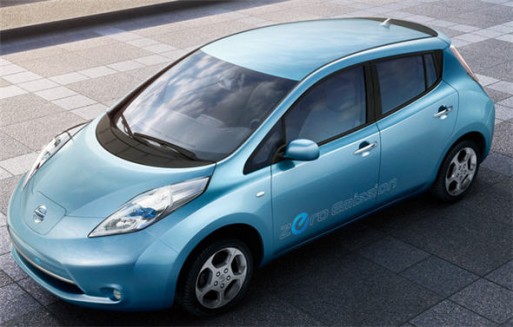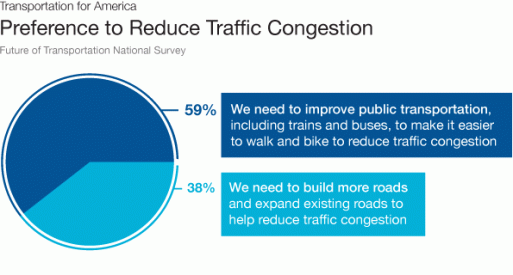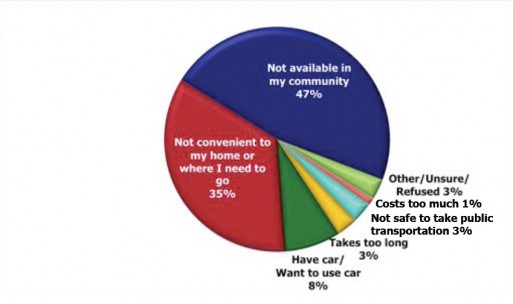
For decades, the environmental impact of vehicle emissions has served as one the primary arguments against sprawling, auto-oriented land uses. That argument took a sizable blow over the weekend when Nissan announced that it would release Leaf, the first affordable, four-door, commercially available electric plug-in vehicle, sometime this year. Targeted at disenchanted Prius owners and prospective customers for the forthcoming Chevy Volt, Nissan boasts that the zero-emissions vehicle has “no transmission, no engine oil, no timing belts, and most importantly, no tail pipes.”
What, if any, impact will this have on smart growth advocates, and walkable urban communities? Should we ditch this crazy notion of transit-oriented development? Not so much. As Yonah Freemark of Transport Politic notes:
The clearest flaw in the argument for electric cars is that the majority of electricity produced in the United States — almost 75% — comes from power plants that burn fossil fuels. This means that “clean” cars like the Nissan Leaf are simply shuffling pollution production elsewhere, not actually getting rid of it.
Transit vehicles, while carbon emitting, are still more efficient on a per rider basis. Freemark also notes that the manufacturing and disposal of automobiles requires between 10 and 20% of the car’s overall lifetime energy use.
However, a purely environmental assessment overlooks the impact of the automobile on the human and physical environment. Walkable environments are inherently healthier environments, whether by increased physical activity or the efficiencies achieved through living at greater densities.
Whatever success the Leaf has, it seems like people are looking to change their travel behavior. A recent poll conducted by Transportation for America suggests that Americans generally support the expansion of transit as an alternative to roadway expansion (You can download the full report: here). Despite this demand, over 82% of the respondents felt that transit was either not available or not convenient, while only 8% stated a preference to drive.


You can argue that these results wouldn’t hold if drivers are paying significantly less to operate their vehicle. The Leaf, which requires a fresh charge every 100 miles, estimates that each fill up tacks on about three dollars to your electrical bill. At current prices, that’s anywhere from a $10-$12 dollar savings over a vehicle that gets 20 miles per gallon, and still about half of what Prius owners pay. Factor in maintenance costs, insurance, etc. and there is still an economic incentive to take transit – if it’s accessible.

C. P. Zilliacus
Ah yes, transit will solve all problems. NOT!
Anyone heard of the 1981 Eastern Montgomery County Master Plan and its central theme, a “concept of transit serviceability?”
I have.
Though Fairland and White Oak have not entirely recovered from this terribly misguided plan.
anthony pins
CP –
You’re correct that Master Plans do not always fulfill their stated goals. However, I think the principle of pursuing transit-based mobility accompanied by complimentary land use patterns is a valid one.
Can you argue the reverse? What problems can be solved by expanding the current system of automobile infrastructure?